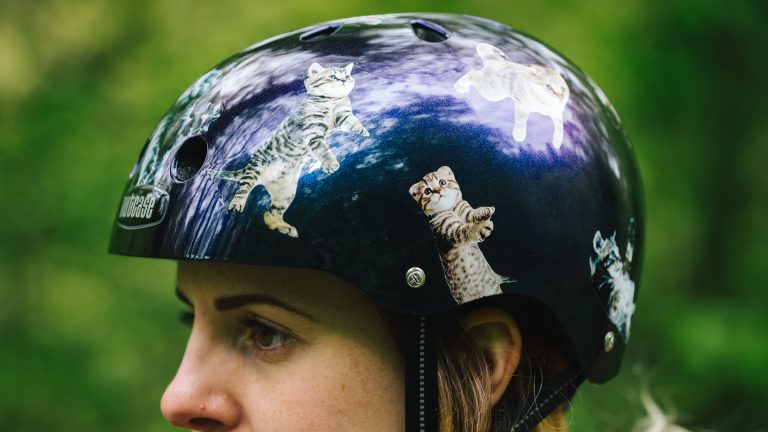“It’s as easy as riding a bike” – isn’t that a lovely phrase? Riding a bike can be easy, but there are a few user errors that can make it more difficult than it needs to be.
Whilst your bike generally wants you to get from A to B happy and not too worn out, if you treat it badly it might well start to complain. Here are a few things you should avoid if you want to keep your bike (and your legs) happy…
Cross chaining

Crossing your chain means riding in the big (hardest) cog on the front, and big (easiest) cog at the back, or the small (easiest) ring on the front and small (hardest) ring on the rear.
Riding in either combination will cause your chain to wear over time, and can cause it to slip. It also wastes your energy as it is the least efficient way for your chain to be positioned.
Instead, if you’re struggling on a hill and have moved into the easiest ring on the cassette, shift into the small ring instead – and if you’re after more resistance and have moved into the hardest rings on the cassette, shift the front chainring up. We’ve got more detailed information and pictures on this here.
Keeping the chain clean and lightly lubed makes a big difference, too – allowing grit and mud to accumulate will have an exfoliating effect over time. Good for your skin, not for your chain!
Not wiping rims

If you’ve got a bike with rim brakes, then you need to remember that the surface of the rim and the brake pad are both vitally important to your ability to stop promptly. Let one become caked in muck and you might find your braking power is reduced. Not only that, if you let small pieces of grit become lodged in the brake pad, then they’ll slowly wear down the rim. Preventing all of this is easy – just give your rims and brake pads a quick wipe down with a rag after every ride, and clean your bike properly around once a week.








